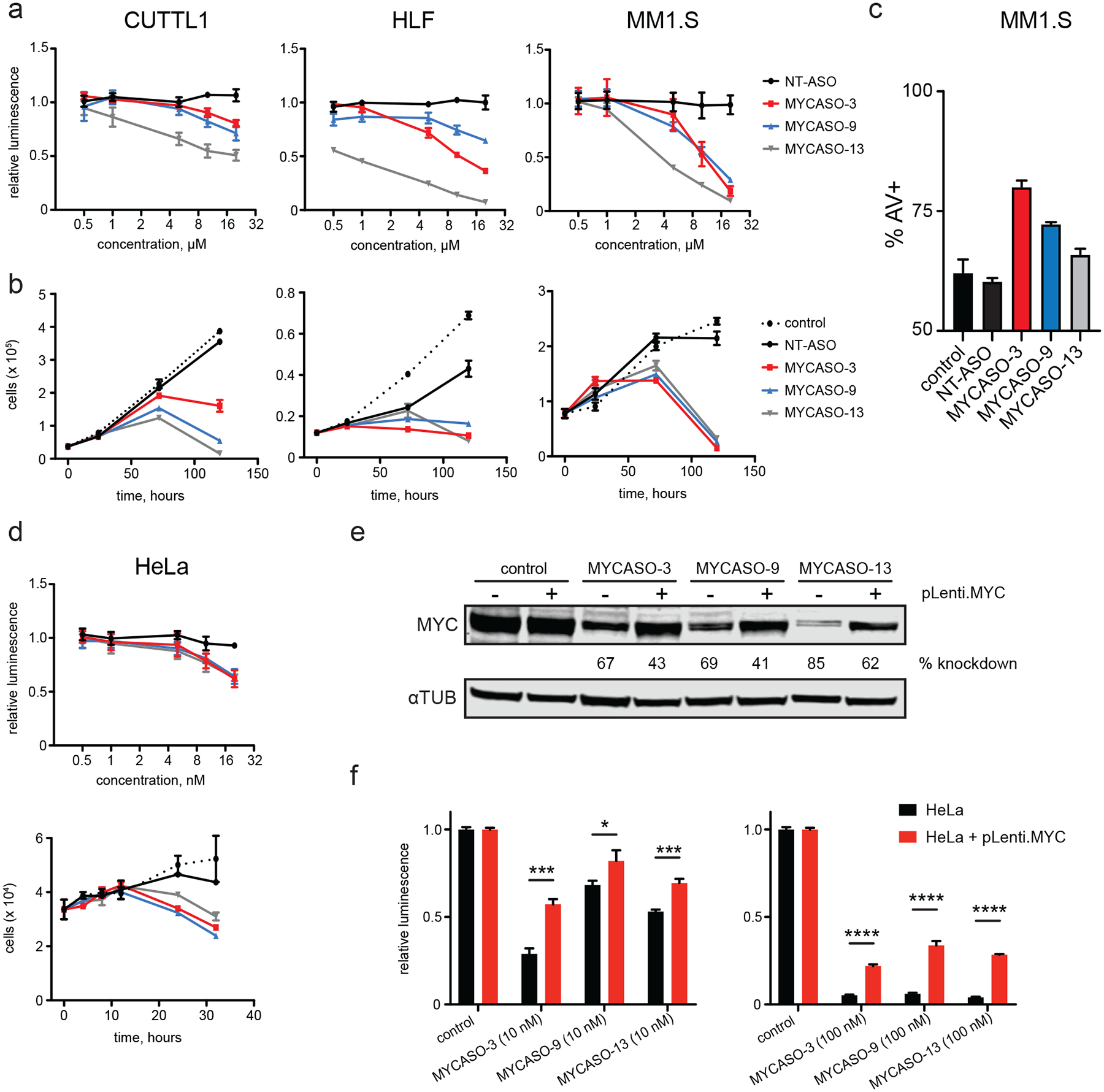Figure 4: Phenotypic response to MYCASO treatment.

(a) Dose-proportional effect of MYCASO treatment on cellular viability as approximated by ATP-dependent luminescence normalized to vehicle-treated control. CUTLL1, MM1.S, and HLF cells were treated with MYCASO (gymnotic) for 72 hours (CUTLL1 and MM1.S) or 120 hours (HLF). Values represent quadruplicate means +/− SD. (b) Cell numbers over time with MYCASO treatment. Cells were stained using Guava ViaCount reagent and counted by a Guava flow cytometer. CUTLL1, MM1.S, and HLF cells were treated with 10 μM MYCASO (gymnotic). Values represent triplicate means +/− SD. (c) Annexin V (AV) positive MM1.S cells as measured by flow cytometry following 72 hours of treatment with 10 μM MYCASO or NT-ASO (gymnotic). Values represent triplicate means +/− SD. (d) Effects of MYCASO treatment on HeLa cells. Top panel shows dose-proportional effects on cellular viability as described above. HeLa cells were treated with MYCASO in Lipofectamine for 24 hours. Bottom panel shows cell numbers over time as described above. HeLa cells were treated with 10 nM MYCASO in Lipofectamine 2000. (e) Rescue of MYCASO-mediated MYC protein knockdown. Immunoblot for MYC and alpha-tubulin following MYCASO treatment (10 nM in Lipofectamine 2000 for 24 hours) in HeLa cells (pLenti.MYC –) and in a HeLa-derived cell line stably expressing a MYC construct containing silent mutations in MYCASO seed sites designed to abrogate MYCASO binding (pLenti.MYC +). (f) Rescue of MYCASO-mediated viability effects. Cellular viability as approximated by ATP-dependent luminescence following MYCASO treatment (10 nM (left) or 100 nM (right) in Lipofectamine 2000 for 24 hours) in HeLa and mutant MYC over-expressing cells normalized to vehicle-treated control. Values represent triplicate means +/− SD, asterisks represent p values based on t-test (* < 0.05, *** < 0.001, **** < 0.0001).
